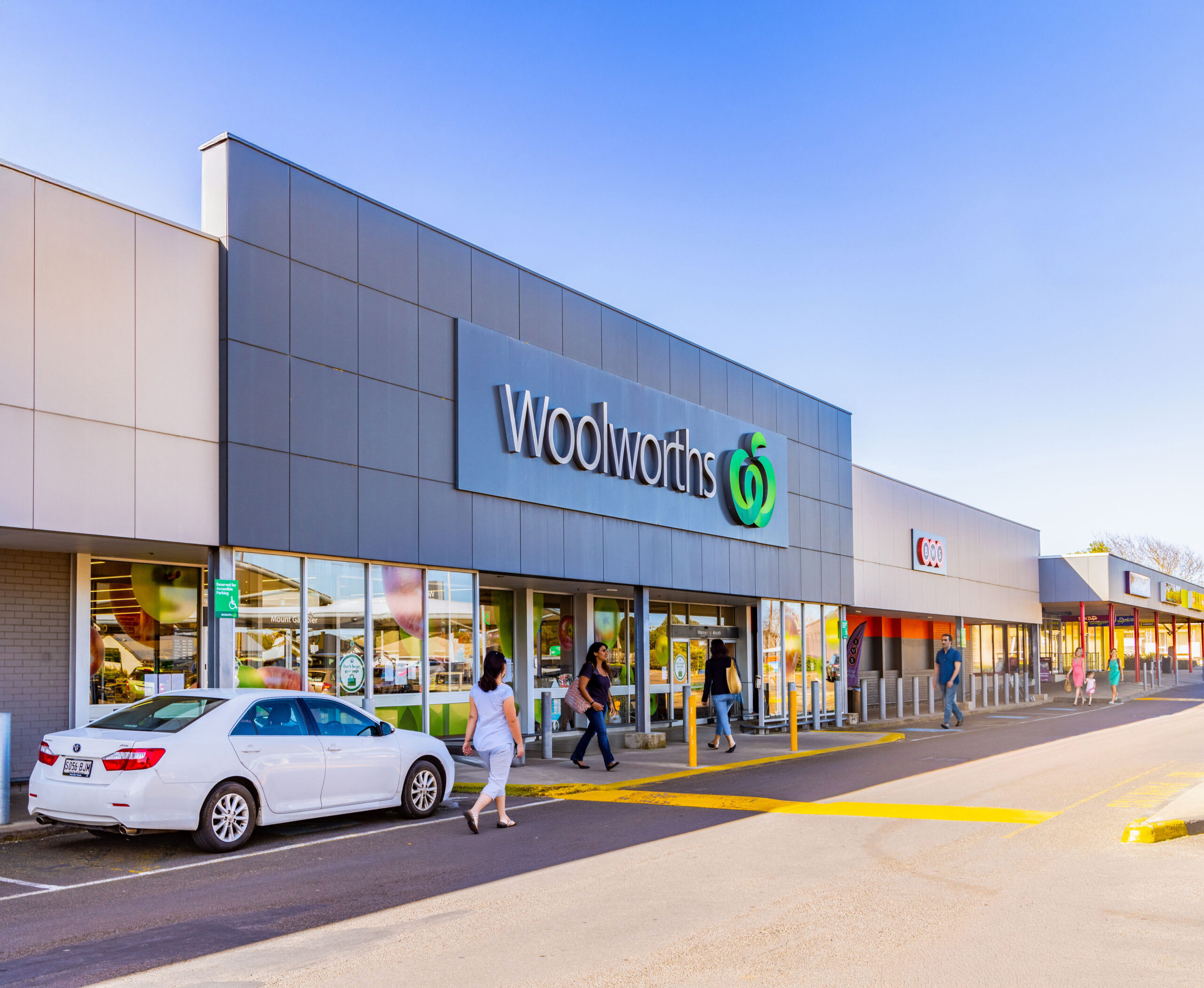Asia Pacific Commercial Real Estate Investment Volume Grows 20% Year-over- Year to Reach US$ 36.3 Billion in Q1 2025
28 April 2025
The region recorded the highest Q1 cross border volume since 2019.
Commercial real estate (CRE) investment in Asia Pacific rose 20% year-over-year (YoY) in Q1 2025 to US$ 36.3 billion, reaching the highest first quarter level since the 2022 rate hike cycle, according to data and analysis by global real estate consulting firm JLL (NYSE: JLL). Despite the threat of tariffs, the region recorded a sixth quarter of YoY growth, with all property sectors except industrial & logistics experiencing higher investments, demonstrating investors’ commitment to rational decision making grounded in objective fundamental analysis.
2025 saw the highest Q1 cross-border volumes since 2019, with Asia Pacific notching US$ 8.6 billion in cross-border investment volumes, a 152% YoY growth. The most attractive sectors to overseas investors were office, logistics, and living assets. Global capital sources made large acquisitions in Japan across the office and retail sectors whilst Singaporean investors made moves in office, logistics and hotel assets overseas.
Japan also retained its position as the region’s top market for receiving foreign investments, due to positive yield spreads across all sectors despite rising interest rates. In total, Japan recorded US$ 13.7 billion in CRE investments in Q1 2025, a 20% YoY increase, and the highest Q1 level in five years in Japan.
“The continued growth in Asia Pacific commercial real estate investment is a testament to the region’s strong fundamentals and attractiveness to global capital,” said Stuart Crow, CEO, Asia Pacific Capital Markets, JLL. “While short-term tariff-induced market volatility might give investors cause for temporary pause on large deal activity, property investors with a long-term horizon, looking for stable income streams and higher yields will continue to allocate into this resilient asset class as it remains relatively insulated from short-term fluctuations. We continue to be of the opinion that the Asia Pacific region will be a net beneficiary of cross border capital flows”
In the face of tariffs, CRE investment could be cheaper for regional and global investors into Asian markets.
The US tariffs will impact countries through slower GDP growth, with US export-reliant markets such as Vietnam, Malaysia, and South Korea expected to be the hardest hit by tariffs. With lower growth expectations and recession fears, leasing and investment across all CRE sectors could be affected. Employment growth affects demand for office space and consumer spending translates to retail sales volumes, which impacts retail leasing.
The logistics sector is expected to experience impact, with reduced trade or diversions in distribution routes changing stock requirements. For example, warehouses near Nagoya Port, the largest in terms of cargo volume in Japan, which exports ~35% of its auto parts to the US, could see adverse impacts in value and tradability. However, trade within Asia Pacific remains strong, underpinned by structural trends such as rising e-commerce penetration among the growing middle class.
“Asian markets reliant on US exports may face depreciation pressures ahead, due to the weakening of the US Dollar brought about by pessimistic US growth outlook.” said Pamela Ambler, Head of Investor Intelligence, Asia Pacific, JLL. “This could have a knock-on effect and make real estate cheaper for regional and global investors investing with US Dollars. Meanwhile, some funds will be under pressure to deploy and private credit is stepping in where banks exhibit more ‘flight to quality’, with asset classes such as Living and Data Centres becoming increasingly attractive to lenders.”
Learn more in JLL’s Q1 2025 Capital Tracker.






